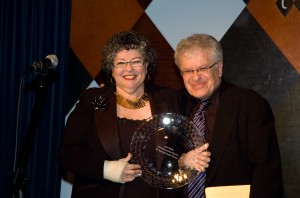 Scene: Caroline’s Comedy Club, NYC, May 3, 2010.
Scene: Caroline’s Comedy Club, NYC, May 3, 2010.
Event: Ensemble Studio Theatre’s Gala
Picture: EST member (and teenage friend) Jerry Zaks, who presented the “Distinguished Member” Award to me. He recalled that I was in the first play he ever did, and thus was his first leading lady.
My husband Roger got the Award too (what are the chances of that? See photo below) as well as esteemed actor Dominic Chianese. We were told the awards honored our outstanding achievements over the past 40 years. Flattering. Not to mention the real reason: survival!
Dominic’s band, the New York Sidewalkers got the entire audience to sing along in a rousing rendition of That’s Amore! and many attendees said the whole thing felt like a family reunion. I was glad that I threw away my impassioned but oh-so-serious acceptance speech before the event, and (as is my tradition) expressed my thoughts in rhyme:
I stand here tonight with the clear sensation
That I am just one in the 4th generation
Of Irish Catholics and German Jews
Who arrived in our country and paid their dues
In order to plant the roots of a tree
Whose branches have grown into my family.
Roger Morgan, you’re part of my tale
And Sam, with your bright-bellied sis: Abigail!
The Morgan family is so far-reaching
It’s hard to fathom the depth of their teaching.
I could list the Sachs-Morgans, one by one
With their spouses and children: for me, t’would be fun
For all of YOU tho, t’would be mighty boring
(And it would be awful to cause all that snoring!)
So I’ll NOT list family names at this time
Though tempting it is to make it all rhyme.
My roots are my backbone and why I stand proud
In front of this highly distinctive crowd.
Agnes and John and Ernest and Maisie
(Good lord I’m listing them – I must be crazy!)
Julius and Rosa – Dad, Mom – and Jim
I carry your love and wisdom within.
What is it I’ve learned that makes me stand tall?
My children and friends often ask, when they call.
I think it’s BELIEF, or so it would seem
You gave me this gift: whatever my dream
Belief it could happen, BELIEF with true ZEAL
Would often make my vision turn REAL.
Then, the Theatre’s dose of daily rejection
Developed my armor: mighty protection
Through sadness and failure, all part of the deal
The standard, in fact, I expected to feel.
We all know, in theatre, that things DO go wrong
And staying the course tends to make us real strong.
So what was the dream I clung to these years?
That thing that kept growing in spite of my tears?
It’s really quite simple, though not to say easy
And sometimes I must say it made me quite queasy:
To merge my life and my work into one
Which included my husband and daughter and son
To create a safe place where all is OK
No matter the obstacles during the day
Has been my passion, my quest to feel free
In fact, it’s rather like – yup – EST!
So CURT, and ROGER and BILLY and PAUL
And Denny, two Jerry’s and – yes – to you ALL!
Marianna and Les, two Mindy’s and Chris: Abigail, Dave, Sam-Jamie-Nancy-Art-Peter- BetsyPollyMelodieJackSusanAnnieDonnaRita….
WHOA!
Thank you. I’m honored. In my tux and my boa.
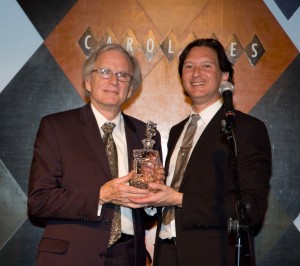
Roger Morgan with Jim Boese, VP of the Nederlander Organization, who presented the Award after a humorous introduction about representing the FOR-profit theatre world. (Note: Roger’s Award is a beautiful, useable decanter from Tiffany’s.) Roger recalled the first play he was in at age 12, in a community theatre; he was mortified that people might think he was 10, the age of the character.
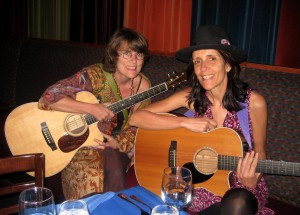 The Roches (Terre, Left, and Suzzy) who sang their hilarious song from MAMA DRAMA, I’d Like Her To Be Rich. Beginning in 1987, EST member Christine Farrell initiated MAMA DRAMA as an Octoberfest project; it grew into a full length play over several years at EST. Published by Samuel French, it’s produced all over the country, 20+ years later.
The Roches (Terre, Left, and Suzzy) who sang their hilarious song from MAMA DRAMA, I’d Like Her To Be Rich. Beginning in 1987, EST member Christine Farrell initiated MAMA DRAMA as an Octoberfest project; it grew into a full length play over several years at EST. Published by Samuel French, it’s produced all over the country, 20+ years later.
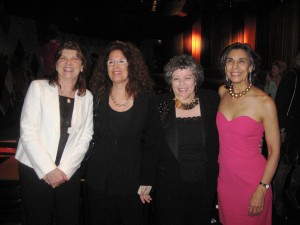 Four MAMA DRAMA writers. From Left: Christine Farrell, Leslie Ayvayzian, me, and Marianna Houston. Missing: Donna Daley, Anne O’Sullivan and the late Rita Nachtmann.
Four MAMA DRAMA writers. From Left: Christine Farrell, Leslie Ayvayzian, me, and Marianna Houston. Missing: Donna Daley, Anne O’Sullivan and the late Rita Nachtmann.
There was a lot of laughter that night (and too many suggestions of a GRAND-MAMA DRAMA!)
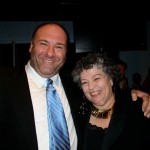
Me and Tony Soprano? Go figure!
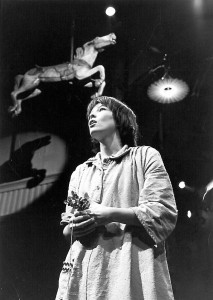
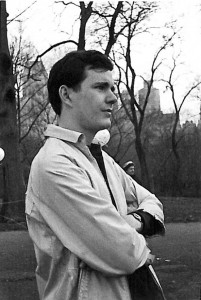
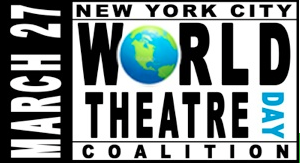

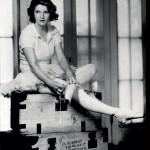
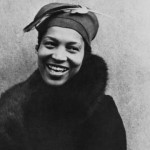
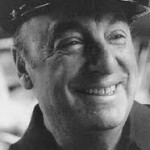

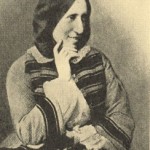
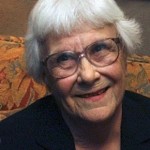

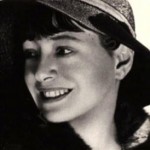
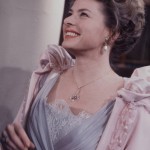



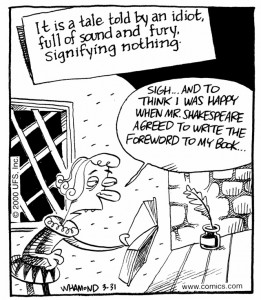





Recent Blog Comments